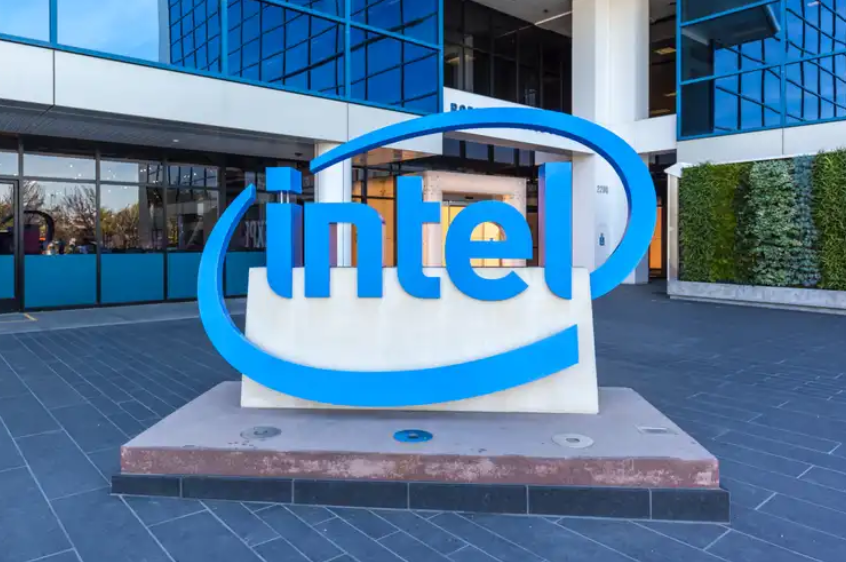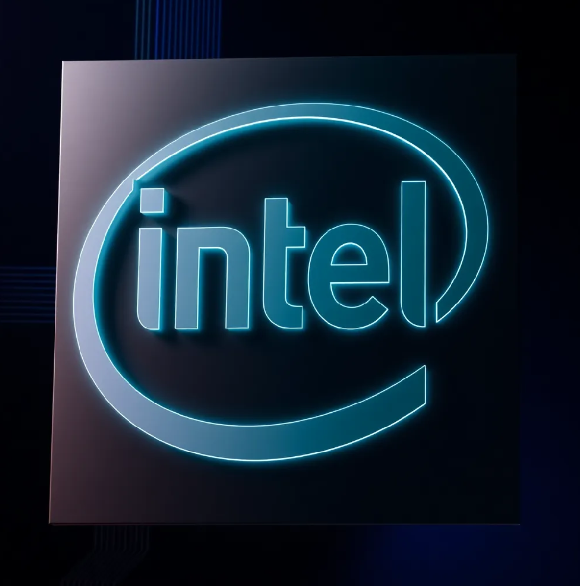Intel’s misery continues…
Intel’s (NASDAQ: INTC) significantly weaker-than-expected guidance for the coming quarter overshadowed better-than-expected first-quarter results.
For the coming second quarter, the Pat Gelsinger-led firm expects revenue to be between $12.5B and $13.5B, well below the $13.61B analysts were anticipating.
It also anticipates earning an adjusted $0.10 per share with adjusted gross margins of 403.5% and a tax rate of 13%. Analysts were anticipating adjusted earnings of $0.25 per share.
Shares fell more than 6% in extended-hours trading.
For the period ending March 30, Intel earned an adjusted $0.18 per share on $12.7B in revenue. The quarter is Intel’s first period in changing its reporting structure to focus more on its foundry business. Intel products, which now include client computing, data center, and network and edge, came in at $11.9B, including a 31% year-over-year rise in Client Computing revenue to $7.5B.
Datacenter and AI revenue came in at $3B, while revenue attributed to Mobileye (MBLY) was $239M, down 48% year-over-year. The Network and edge segment generated $1.4B, while the company’s foundry segment saw revenue decline 10% year-over-year to $4.4B.
Analysts expected a year-over-year increase in both the top and bottom lines, with the Pat Gelsinger-led firm expected to earn $0.14 per share on $12.78B in sales.
A consensus of analysts expected Intel to earn an adjusted $0.14 per share on $12.78B in revenue.





